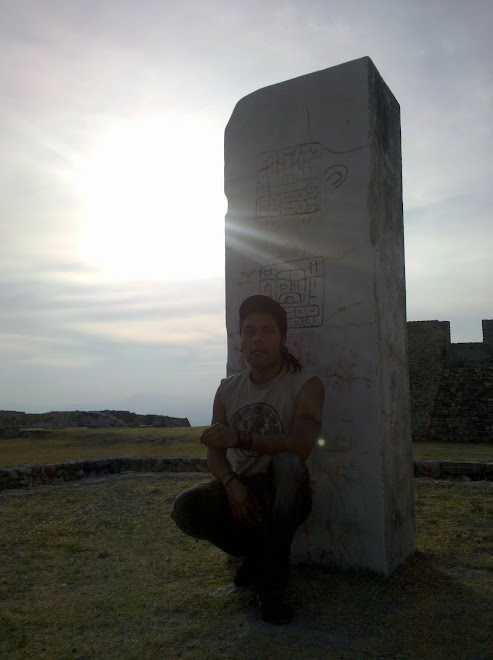



Mitla was the second most important ceremonial center after Monte Alban. The name Mitla or Mictlan is of Nahuatl origin and means "Place of the Dead" or "Inframundo". In Zapotec it is called "Lyobaa", which means "Burial Place", and in Mexico it became known as Mictlan, "Place of the Dead" which is shortened in Spanish to Mitla.
The archaeological site and town itself are Zapotec. Mitla was inhabited in the Classic Period (100-650 DC), with its greatest growth and height in the Post Classic period (750-1521 DC).
The most characteristic architecture in Mitla is the group of the columns, where we find the Great House of Pezelao, generally considered to be the most beautiful archaeological site in the Americas.
The group contains two squares. The northern one is bordered by platforms on all four side. The main building is in the northern part. In the central patio there are vestiges of an altar. Its is made of talud, formed by two bands raised over the base, the panel and the cornice.
The great Hall of Columns is rectangular. You pass through this hallway to enter the main palace which is behind a narrow door. Leaving this passageway we find the decorated patio, which provides access to each of the four salons. Each is decorated by three panels with ornate mosaics of carved stone which forms different geometric designs in each band.
The panels contain thousands of polished stones, which are cut to fit without mortar. The most beautiful tombs are located in the northern and eastern buildings, where the Zapotec priests and kings were buried. In the first, in front of the stairs, is the entrance to a cruciform tomb, with antechamber. The ceiling has large single stone dinteles and the walls are decorated with ornate mosaic panels. The eastern is characterized by a monolithic stone column that supports the ceiling.


Awesome post - thanks
ReplyDelete